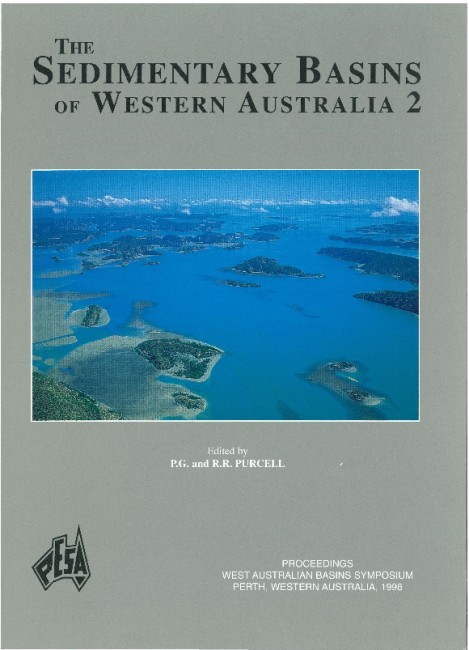Publication Name: The Sedimentary Basins of WA
Authors: J. Bradshaw, J. Sayers, M. Bradshaw, R. Kneale, C. Ford, L. Spencer and M. Lisk
Publication Volume: 2
Date Published: December 1998
Number of Pages: 38
Reference Type: Book Section
Abstract:
Palaeogeographic studies of the North West Shelf region give insights into the operation of a number of prolific petroleum systems. Some systems are currently being exploited (Dampier Sub-basin) while others have yet to fulfil their potential (Exmouth Plateau and Roebuck Basin). At the scale of individual play elements, palaeogeography can be used to predict the distribution of source, reservoir and seal facies. Three different examples, at play, basin, and province scales are described: at the play scale, palaeogeography helps explain the distribution of source facies from the Late Jurassic of the Dampier Sub-basin; at the basinal scale, the synthesis of the palaeogeographic history and structural evolution of the Exmouth Plateau reveals a play fairway for liquids in an assumed dry gas province. The key is Campanian structuring that inverted the Exmouth Plateau after the main phase of liquids had been expelled. At the province scale, the varying palaeogeography along themargin of the North West Shelf in the Jurassic and Cretaceous reflects large scale crustal processes. The lack of thick Upper Jurassic in the Roebuck and Browse basins can in part be attributed to lower crustal extension and delayed thermal relaxation.
Palaeogeographic maps of the North West Shelf region for sixteen time slices from the Permian to the Tertiary are presented in the appendix. They provide an overview of the evolution of the province from an intra-Gondwanan rift in a glacial regime, to today's tropical passive marine margin. The maps capture key events in the petroleum systems: the deposition of reservoir facies in the large fluvial and deltaic systems of the Late Triassic; the accumulation of source rocks in restricted marine troughs in the Late Jurassic; the deposition of the regional seal during the Cretaceous marine transgression; and the growth of a carbonate shelf in the Tertiary that in many cases provided thick overburden to initiate hydrocarbon generation and expulsion.


